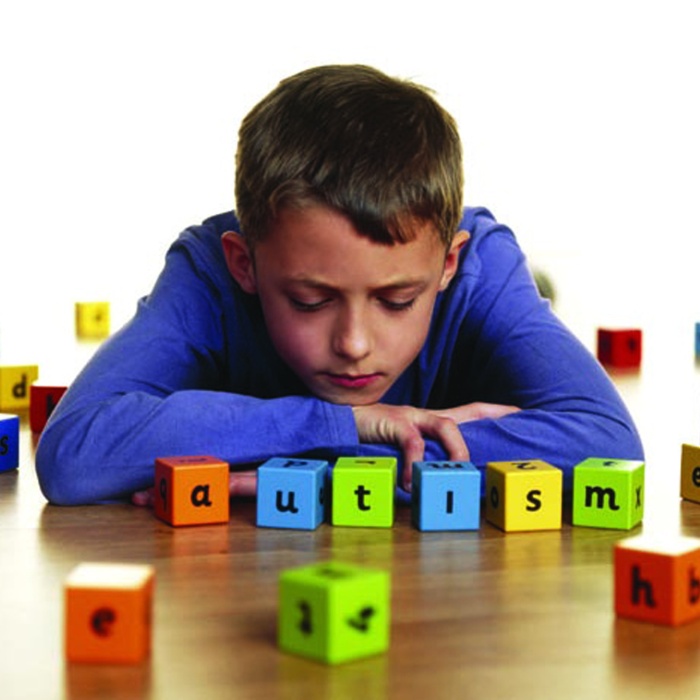Being one of the most challenging and confounding syndromes that afflicts approximately 1 percent of the global population, autism spectrum disorder is a highly-researched and much-discussed topic worldwide. In the wake of the growing prevalence of both autism and ASD which have been increasing by 6 to 15 percent from 2002 till 2010 every year, there has been an unprecedented rise in the need for comprehensive early diagnoses which should ideally be followed by a the right intervention program.

Some autism schools in Manhattan have made significant progress in their endeavor to help children on the spectrum overcome challenges related to social interactions, verbal and non-verbal communication and typical behavioral challenges. The key to successful and effective interventive measures delivered by such schools is the unification of a conventional structured regime with an unconventional therapeutic approach.
The ‘unconventional’ therapeutic approach employed in the Autism schools of Manhattan which was mentioned in the previous paragraph aims to work on an autistic child’s weaknesses and fortify them, and challenge his/her strengths so that the child can climb up the growth ladder by conquering every developmental milestone.
A coherent and disciplined academic program which focuses on learning through real life context for better relatability is an indispensable part of these autism schools in Manhattan. Moreover, these schools focus on learning through sensory activities that heavily rely on the relationships autistic children share with important people in their lives, like parents and siblings.
The best therapeutic treatments offered by autism schools have the following characteristics:
- They offer a predictable schedule
- A child’s strengths are built upon and fortified.
- Lessons are delivered in the form simple steps that are can be followed easily.
- Children’s attention is engaged through highly structured activities.
- They reinforce good behavioral practices.
- These therapies actively involve the parents of children.
The DIR (Developmental, Individual- difference, Relationship-based) Model that functions in conjunction with Floortime Therapy and therapies like ABA (Applied Behavior Analysis) improve developmental outcomes of special education and intervention for children on the spectrum. These therapies, which are offered by many autism schools in Manhattan work collaterally with regular classroom instruction and can address the individual needs of children most effectively.